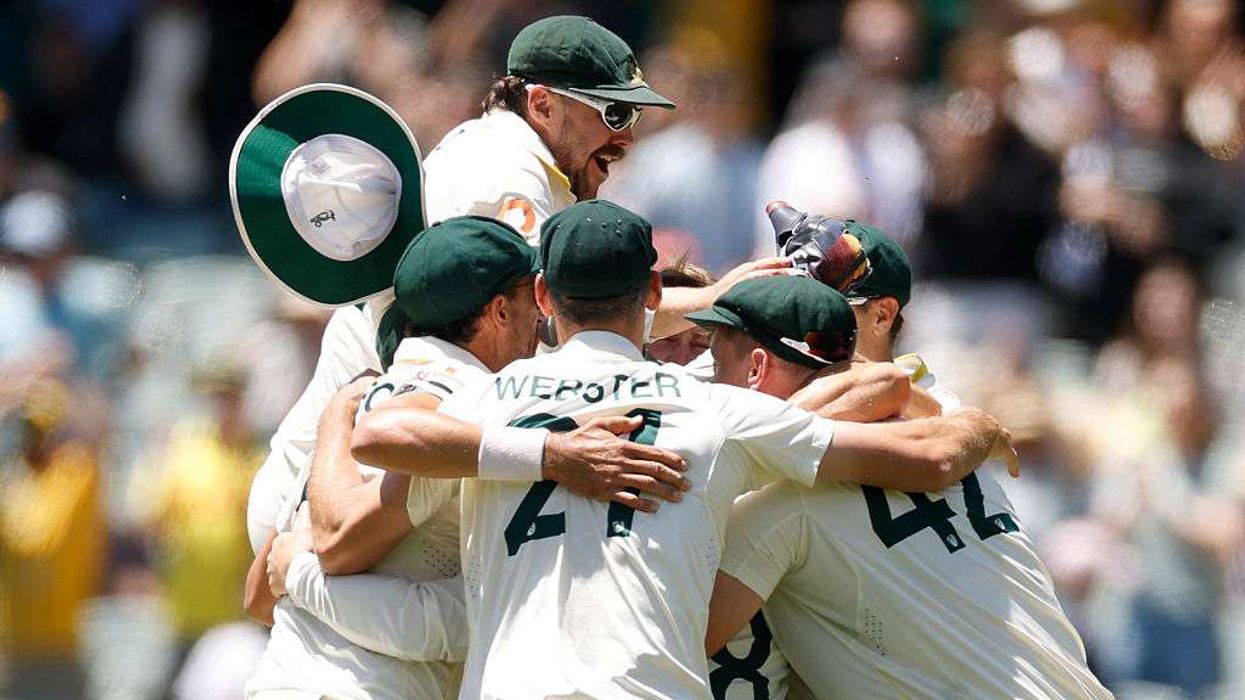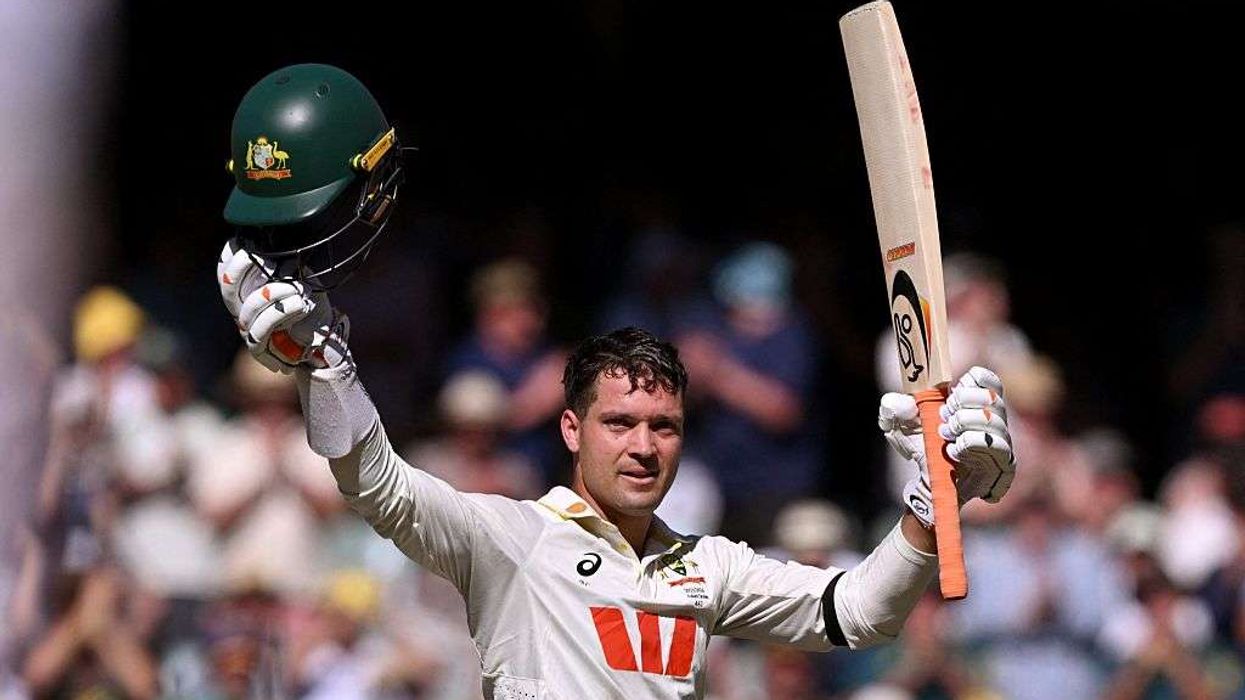One of the seven wonders of the world and also recognised as a UNESCO World Heritage site, the Taj Mahal was built by Shah Jahan, in the Indian city of Agra. While everyone knows the monument and the love story behind it, nobody knows about this replica of this popular monument which was supposed to be built right on the other side of the banks of the Yamuna river, which flows right behind the Taj Mahal.
While the Taj Mahal was built using white marble, this black Taj Mahal was to be built using a black marble. This was to be a mausoleum for the emperor, made from carbonate minerals, as a shadow of the original Taj Mahal.
The black Taj Mahal never made it to the history pages because the project was never completed, but the indication of this project was made by a French traveller Jean Baptiste Tavernier who visited the Indian city Agra, located near India's capital Delhi in 1665 in his writings.
The reason stated in history was that Shah Jahan's son, Aurangzeb, took over the throne from him which eventually led to the incompletion of the project. The original plan was to recreate the Taj Mahal and build two bridges over the river possibly made of silver.
There are still ruins of this black Taj Mahal which are seen on the bank of the river Yamuna. The recent update on the black Taj Mahal dates back to the 1990s when the excavations carried out retrieved the discoloured white stones that had turned black. Archaeological digs in 2006 offered a more plausible explanation for the "Black Taj Mahal" legend.
By rebuilding a section of the pool in the Mehtab Bagh, researchers revealed a clear dark reflection of the actual Taj Mahal. This aligns perfectly with Shah Jahan's known love for symmetry and the deliberate placement of the pool itself.
When Shah Jahan was captured and jailed by his son, from his prison window he used to look at the view of the Taj Mahal in his last days and after he died he was buried along with his second wife Mumtaz. The dream of the black Taj Mahal remained incomplete.
Although, there are many theories, which are pointed out as myths, wonder how it would have been if India had this replica of world's wonder, the Taj Mahal.












